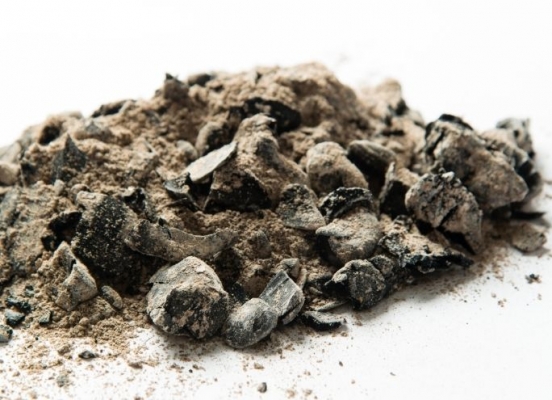Fly Ash Waste Management
Fly ash is a solid waste originating from the method of coal-based power production. Power plant processes produce non-dangerous as well as dangerous waste.
India is the third-largest generator of coal and coal thermal power plant installations. Indian coal has low calorific value and huge ash content. Approximately 73% of the country’s whole established power generation potential is thermic, of which coal-based production is 90%. Nearly 85 thermal power plants, besides some restricted power plants, use bituminous and sub-bituminous coal. Thus, they generate high amounts of fly ash.
Ash is a significant non-dangerous waste. Ash is a valuable by-product, and for that purpose, Fly Ash Utilization is necessary.
Tiroda (Maharashtra) has established a High Concentration Slurry Disposal (HCSD) system for ash disposal, where the ash gets fixed quickly. There has been a lot of focus by the Central Government on ash application from power plants. Most of the difficulties linked with Fly ash are; for disposal and toxicity related to substantial metal filtered to groundwater. Instead of being seen as the cause of water and air pollution, fly ash is source material and has also proven its worth over a while.
The fly ash administration is a cause of concern for the future. Therefore, it is needed to develop infrastructure to manage and to allow reuse of fly ash. The reuse will help to improve ash utilization supply to specialized companies for use in cement manufacturing.
Fly Ash Waste Management mostly includes ash utilization. Ash utilization is a big challenge because of geographical conditions.
Promotion and development of a Fly Ash Utilisation are necessary.
The following Fly Ash Utilization Development Programs considered in Fly Ash Waste Management:
- Education and promoting organizations that establish fly ash brick manufacturing and cenosphere acquiring trad. (A cenosphere is a light, idle, void sphere composed of alumina and silica loaded with air or inert gas, generally formed as a fuel combustion by-product at thermal power plants.)
- Advancement of Fly Ash Based Polymer Composites as Wood Substitute
- Cement-based Fly Ash
- Fly Ash can be used in Road Construction
- Fly Ash in distemper as a replacement for white cement
- Ceramics based on Fly Ash
- Fly Ash can be used in embankment
- Fly Ash can be used as Ready-mixed concrete
- Fly Ash in Roller compacted concrete
- Fly Ash can also be used in Agriculture
During the last 30 years, a thorough study has been carried out to use fly ash in several sectors, as this is not recognized as dangerous waste. Broadly, fly ash utilization plans can be seen from two angles, i.e., decreasing environmental impacts and addressing disposal issues.
The specific studies on fly ash worldwide and at the Indian Institute of Science explain that fly ash has excellent potential for highway applications. Its quickly draining nature, low specific gravity, compaction efficiency, good frictional properties, insensitivity to changes in moisture content, etc., can be profitably used to develop roads, dams, and retaining structures, improvement of low-lying areas, etc.
It can securely be assumed that fly ash, which has been used as a waste product for plant growth until recent years, helps increase local tenants’ economic state; crops grown on fly ash improved soil, and it is harmless for human consumption & groundwater quality is not impaired. The application of fly ash in agriculture has also been shown to be economically worthwhile. The enhancement in yield has been registered with fly ash doses ranging from 20 tonnes/hectare to 100 tonnes/ hectare.
Utilizing an immense amount of fossil fuels has produced several adverse influences on the environment, including global warming and acid rain. Fly ash waste has been used in residential and wastewater processing, purifying, paint, and enamel production. In the future, large-scale utilization of this waste product may be feasible for the restoration of wasteland, replacement of heavy metals, and horticulture.

